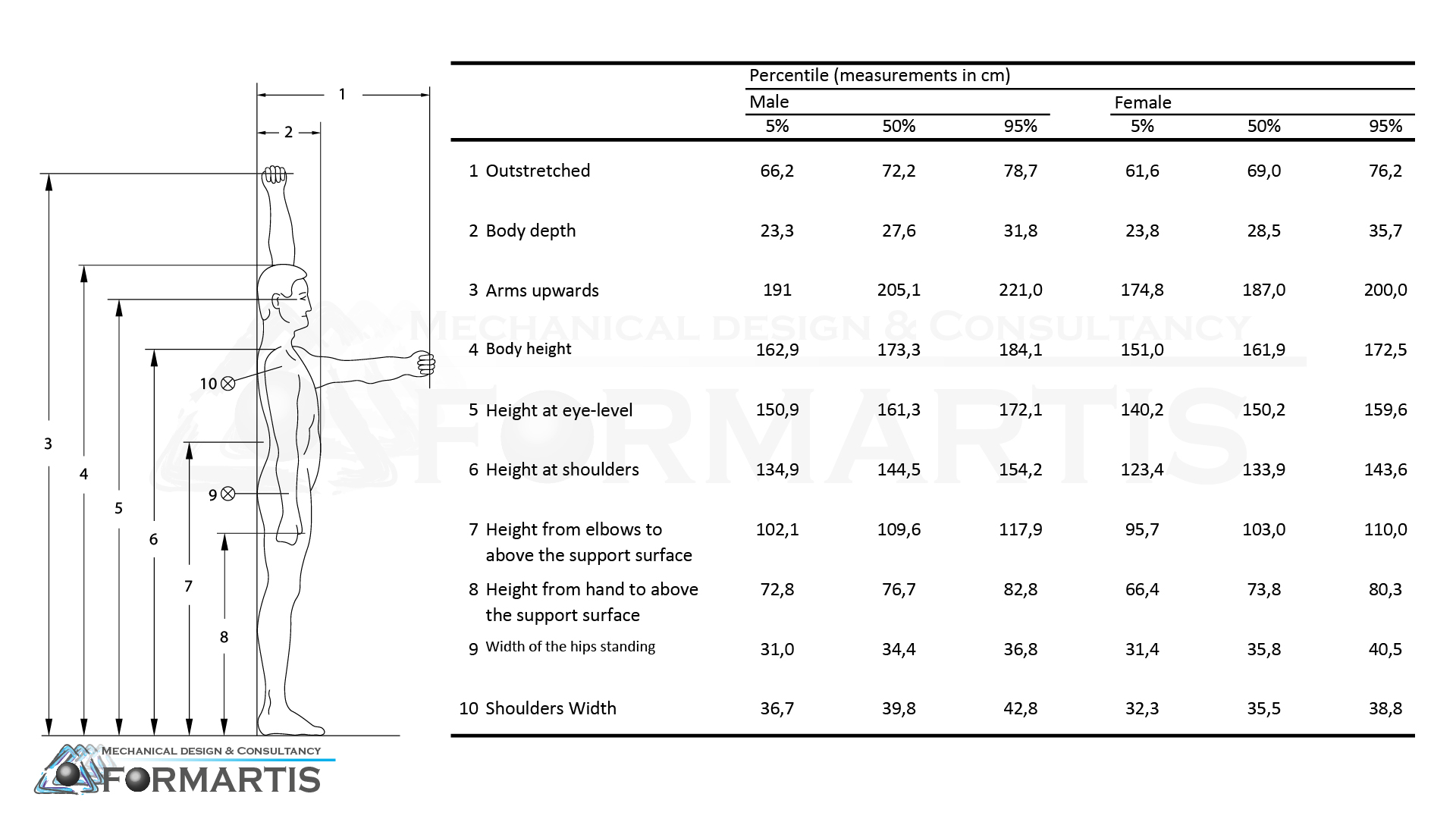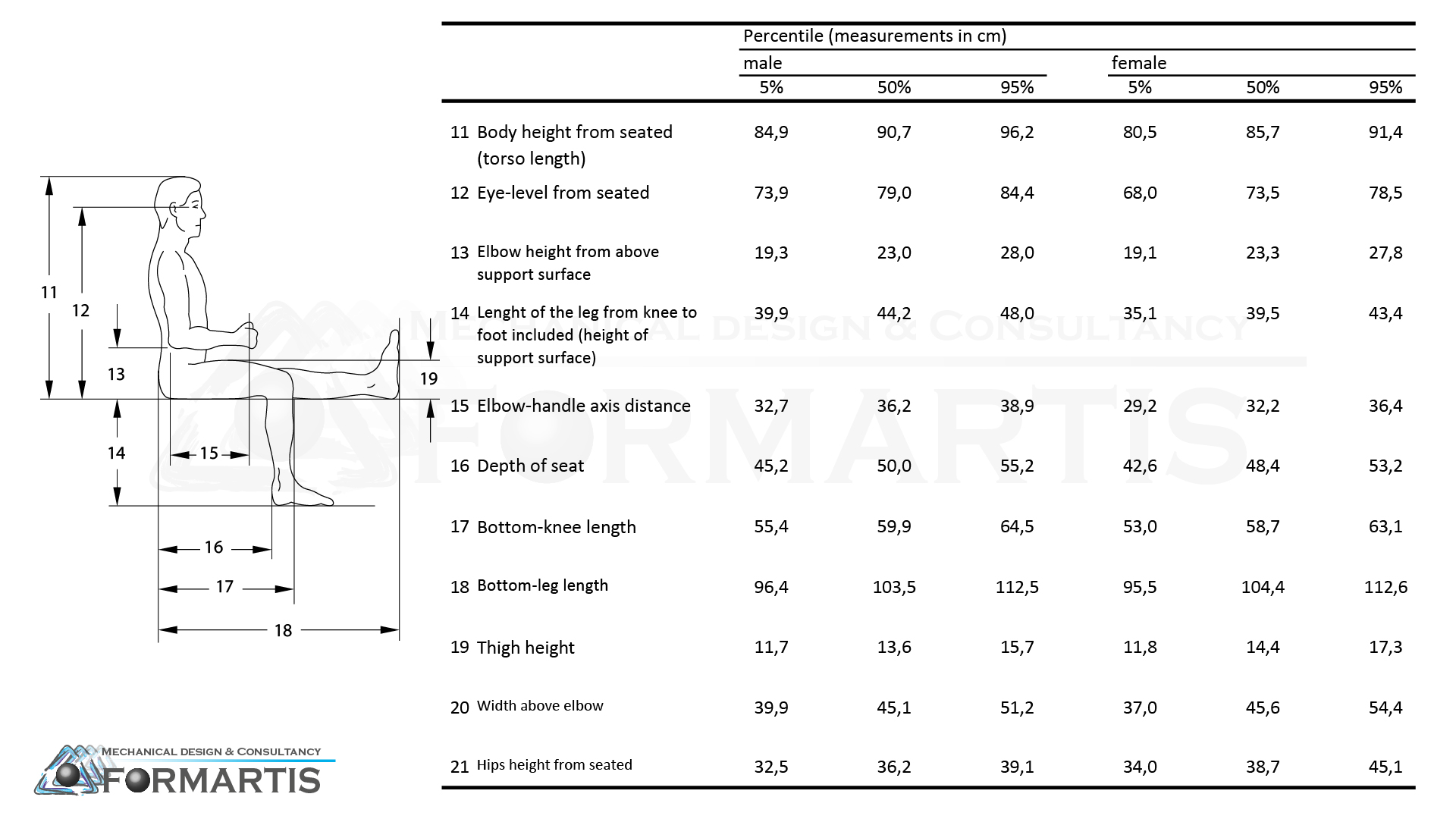ERGONOMIC HANDLING
IN THE MATTER OF HEALTH AND SAFETY AT WORK, THE REQUIREMENTS INCLUDE ALSO THOSE ON MAN'S WORKLOAD.
RESPECT FOR ERGONOMICS PRINCIPLES, THAT CAN BE FOUND IN SEVERAL LEGISLATIVE TEXTS, ALSO INCLUDES MACHINES AND THEIR MANEUVERABILITY.
There are rules about structure configuration that are intended to simplify the control of the machines, reduce the effort of the operator by improving their efficiency and helping to avoid maneuver errors induced by fatigue.
- Simplicity, clarity (maneuver error-proof) and convenience of positioning, shape and movements of control devices. Ensure the operator a relaxed position (back support, padding), taking into consideration the average body build and eventually considering the possibility of adjustments.
- Control devices must be arranged in such a way that they can be easily reached by hands and feet while warning/display elements must be placed at eye level; possibly trying to combine several control devices in a single lever (single-pilot control).
- Electrical schematics or control instructions should be placed permanently on the control knobs or in the immediate proximities.
Ergonomically friendly conditions for control maneuvers:
- Consider the mechanical power of man: roughly 4kW for about 10s; 0,7 kW for a few minutes; 0,2 kW for an eight-hour shift. In addition to these values, power amplification tools are required;
- Steering wheel rotation: with high rpm values, provide a steering wheel with diameter of 0,32…0,40 m on horizontal axis, with wheel axis roughly 1…1,2 m above the ground, manual force required of about 200 N; for high shearing strength, set up the steering wheel on vertical axis at a height of 0,75…1,3 m;
- Crank rotation: place the crank axis at a height of about 1 m, cranck arm at about 0,4 m, manual force required <130 N;
- Hand lever: the horizontal manual movement is more comfortable that the vertical one, manual force 130 N, hand excursion 0,75 m; in case of frequent use, utilize about half of the maximum values;
- Pedal: foot strength < 500 N and foot excursion < 18 cm; if frequently used, utilize about half of the maximum values;
- Chain traction: vertical traction direction is preferred, tensil force < 500 N.
Following these rules will facilitate people’s work and help to avoid troubles for the employer.
The tables below show measurements to follow as a reference, in order to comply with the ergonomics principles.





